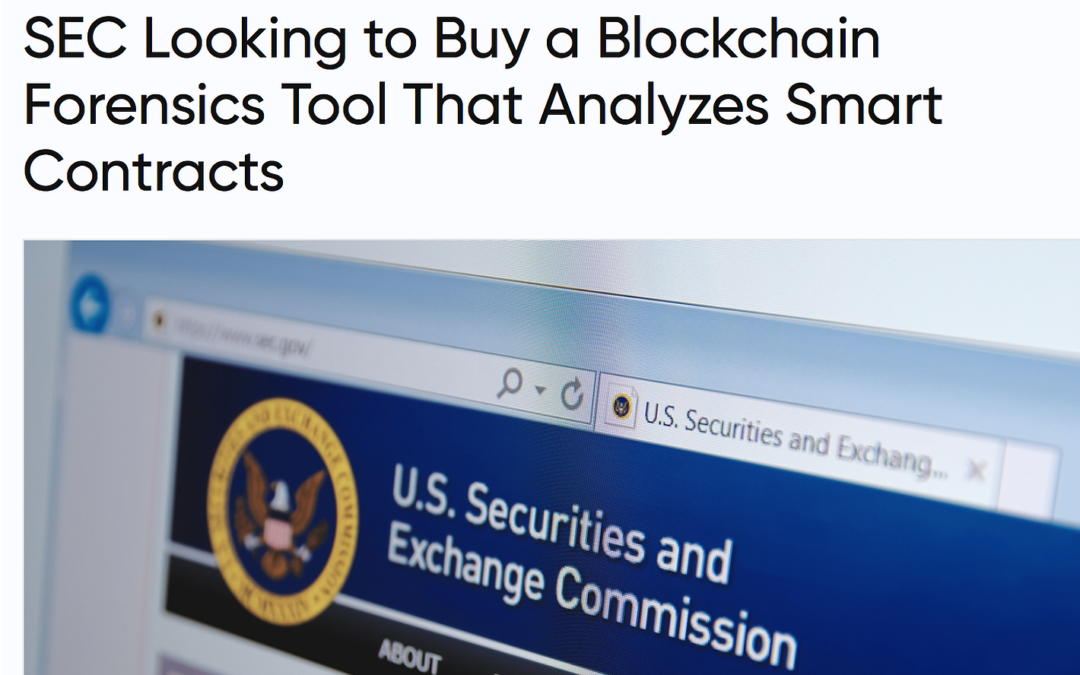In 2018/19 the global regulatory environment around crypto and blockchain was highly uncertain and I think one of the issues dragging on market prices.
I recall someone (I think Eric Voorhees) at that time saying that eventually regulators would buy and use cryptocurrencies as part of their supervisory function. I found this hard to envisage.
But things have changed. Today the regulatory environment is significantly more advanced.
In September 2019, the Bank of International Settlements released a report titled ‘Embedded supervision: how to build regulation into blockchain finance.’ This report demonstrates a deep understanding of the technology and suggests a change in regulatory approach.
The report states regulators should think about how ‘best to apply technology-neutral regulation, so that similar risks are subject to the same regulation.’ The paper investigates how the “same risk, same regulation” principle might be applied to the financial supervision of DLT-based markets. It argues that, while regulation should remain technology-neutral, supervision should evolve in parallel with technology. It concludes that ‘…Although DLT may not change the underlying risks, it might open up new ways of supervising these risks.’ And that ‘…instead of trying to fit cryptoassets into existing regulations, such as securities laws formulated long before the advent of DLT, it is worth asking how new technologies could serve to better monitor risks in financial markets.’
On 30 July 2020 the US SEC released a solicitation seeking a blockchain based smart contract analysis tool. See here.
This significant development (and there are many others) is incredible given the position we were in throughout 2018. It will not be long now before we find that regulators need to buy, hold and use cryptocurrency to interact with blockchains as part of their supervisory responsibilities.
While there are still many regulatory issues to deal with (and also regulations are a jurisdiction by jurisdiction issue), I feel we can confidently declare that regulators will not try to ban or outlaw this technology, which was considered a possibility just 18 months ago.
